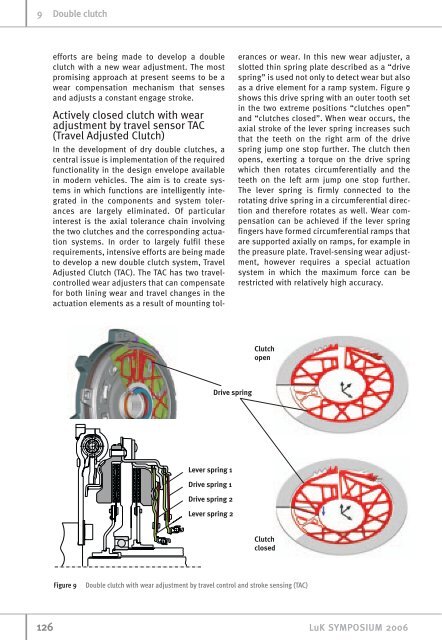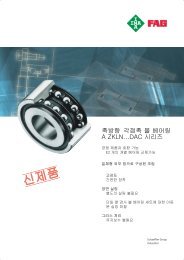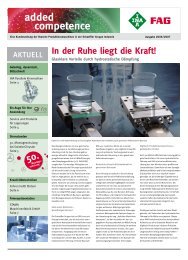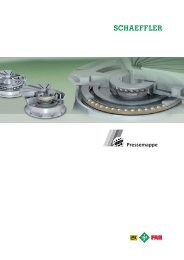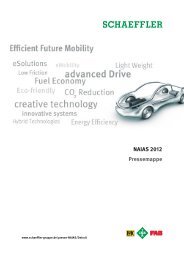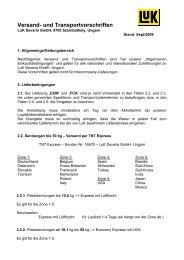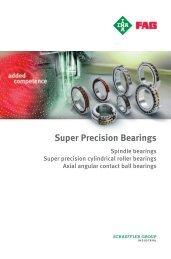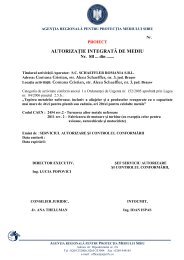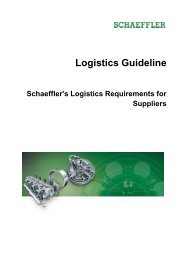Double clutch
Double clutch
Double clutch
Create successful ePaper yourself
Turn your PDF publications into a flip-book with our unique Google optimized e-Paper software.
9 <strong>Double</strong> <strong>clutch</strong><br />
efforts are being made to develop a double<br />
<strong>clutch</strong> with a new wear adjustment. The most<br />
promising approach at present seems to be a<br />
wear compensation mechanism that senses<br />
and adjusts a constant engage stroke.<br />
Actively closed <strong>clutch</strong> with wear<br />
adjustment by travel sensor TAC<br />
(Travel Adjusted Clutch)<br />
In the development of dry double <strong>clutch</strong>es, a<br />
central issue is implementation of the required<br />
functionality in the design envelope available<br />
in modern vehicles. The aim is to create systems<br />
in which functions are intelligently integrated<br />
in the components and system tolerances<br />
are largely eliminated. Of particular<br />
interest is the axial tolerance chain involving<br />
the two <strong>clutch</strong>es and the corresponding actuation<br />
systems. In order to largely fulfil these<br />
requirements, intensive efforts are being made<br />
to develop a new double <strong>clutch</strong> system, Travel<br />
Adjusted Clutch (TAC). The TAC has two travelcontrolled<br />
wear adjusters that can compensate<br />
for both lining wear and travel changes in the<br />
actuation elements as a result of mounting tol-<br />
Figure 9 <strong>Double</strong> <strong>clutch</strong> with wear adjustment by travel control and stroke sensing (TAC)<br />
erances or wear. In this new wear adjuster, a<br />
slotted thin spring plate described as a “drive<br />
spring” is used not only to detect wear but also<br />
as a drive element for a ramp system. Figure 9<br />
shows this drive spring with an outer tooth set<br />
in the two extreme positions “<strong>clutch</strong>es open”<br />
and “<strong>clutch</strong>es closed”. When wear occurs, the<br />
axial stroke of the lever spring increases such<br />
that the teeth on the right arm of the drive<br />
spring jump one stop further. The <strong>clutch</strong> then<br />
opens, exerting a torque on the drive spring<br />
which then rotates circumferentially and the<br />
teeth on the left arm jump one stop further.<br />
The lever spring is firmly connected to the<br />
rotating drive spring in a circumferential direction<br />
and therefore rotates as well. Wear compensation<br />
can be achieved if the lever spring<br />
fingers have formed circumferential ramps that<br />
are supported axially on ramps, for example in<br />
the preasure plate. Travel-sensing wear adjustment,<br />
however requires a special actuation<br />
system in which the maximum force can be<br />
restricted with relatively high accuracy.<br />
126 LuK SYMPOSIUM 2006


